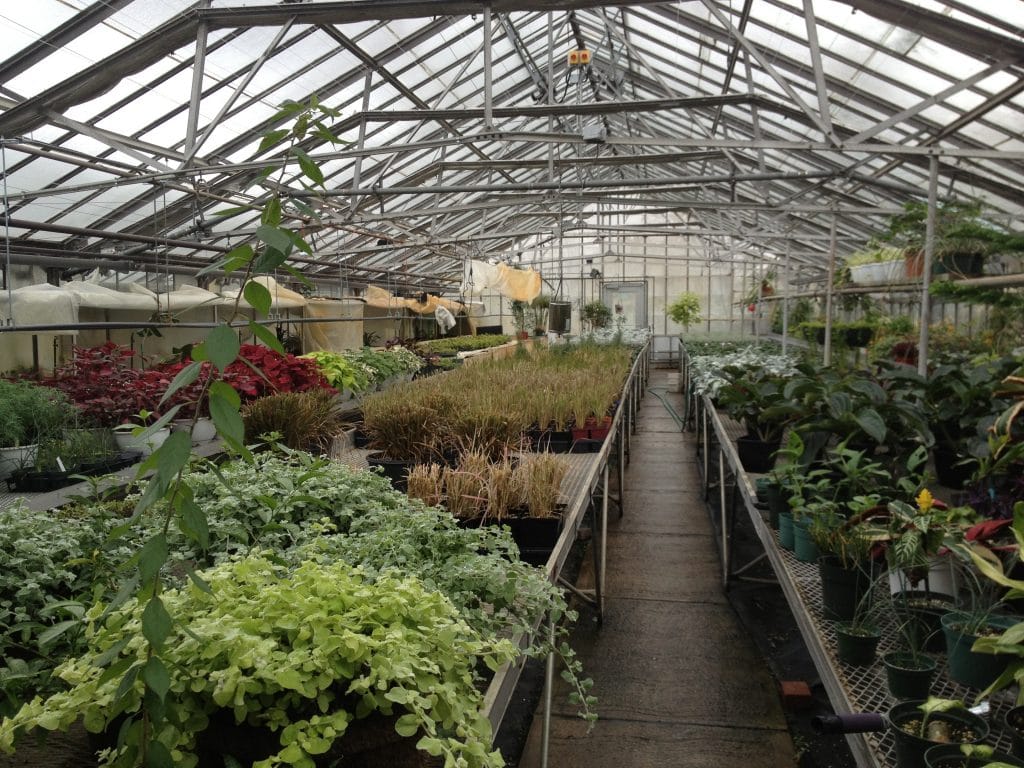When I see the geraniums, grasses and sweet potato vines on Toronto sidewalks every year, I’ve never spent much time wondering where they all came from. One day in April, it’s leftover snow sludge and garbage debris in the city’s planting beds and containers, and then the next day, they’re full of colourful flowers and edibles.
I went to Centennial Park Conservatory in Etobicoke, Ont. last week to check out their Chrysanthemum Show, but I wasn’t expecting to discover the source of many of these plants. While taking a tour of the conservatory and greenhouses, I was excited to see the origins of many plants that the city of Toronto puts out every year.

The main production area for the city’s plants is High Park, but many plants like fountain grasses, plectranthus, daisies, coleus and potato vines are propagated in the greenhouses at Centennial Park Conservatory. The conservatory is computer controlled, so temperature and humidity can be precisely regulated for different areas and plants. They also have a cold room that mimics winter weather for starting bulbs. The temperature is first set to 8°C, for the roots to develop, and then dropped to 0°C over the winter. Bulbs are removed and put in permanent homes as required.
Right now, some of the greenhouses are home to plants that were planted in parks during the summer, but need a more temperate environment for overwintering. Some spike plants, for example, had just made it back from city parks when I visited. They’ll go out again next spring.
There’s definitely a trend in growing more edibles and herbs every year (in Toronto’s public gardens, at least), and it’s partly because of the children’s gardens sprouting up (pardon my pun) across city parks. These gardens aim to show kids where and how food is grown, and it has city greenhouses growing more veggies and herbs in the early spring, to then put out later in the season.
I wondered to myself briefly if the veggies and herbs risked being harvested from city containers and gardens by passersby. I suspect that it wouldn’t be a problem, though. And anyway, mixing edibles with ornamentals keep the gardens looking full, even if someone strolling by does decide to trim a basil plant of some of its leaves!

